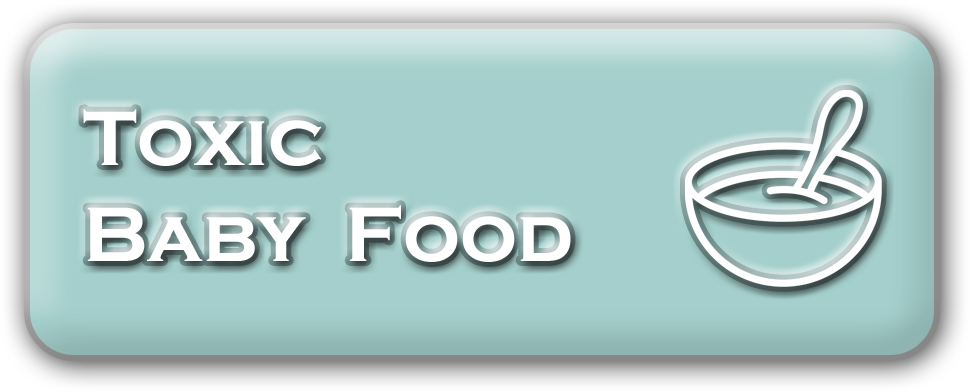How to Select an Appropriate Cut of Beef for Your Family’s Supper
It’s not exactly new information that, in the battle against the meat pathogens in the factory-farmed, mass-produced methods of meat manufacturing here in the United States, the pathogens are winning by a landslide. The unavoidable consequence of the heaps of antibiotics that Big Meat ever so faithfully crams into their livestock has become obvious to anyone who is willing to look. Hospitals are full of antibiotics that are no longer effective because of all of these antibiotic-resistant diseases that sprang up from their repeated and chronic overuse.
These new antibiotic-resistant diseases include such horrors as vancomycin-resistant Enterococcus (VRE), Clostridioides difficile (C. diff), and methicillin-resistant Staphylococcus aureus (MRSA) that once had to find their victims by prowling the hallways of nursing homes, catching a rare infection at the hospital, spending a day at a public beach, or driving on the interstate behind a poultry truck. True, Big Meat has found several different methods of hindering the germination of ordinary-sounding infections such as listeria, E. coli, and salmonella on their industrially produced meat, but it is not eager to share with you what those methods are. Even more questionable is the fact that every single one of these chemicals is dubiously ghosted from any labeling.
Chlorine Baths
If you really want to know what the most problematic ingredients in our contemporary food supply are, look no further than the list of products that the European Union has blacklisted. The list begins with genetically engineered ingredients, hormone-injected beef, and chicken that had its calming daily spa treatment in the form of a chlorine bath.
Fun fact: The European Union has not taken any poultry from the United States since 1997.
Why is it that poultry processing plants here in the United States maintain their use of chlorine? Well, for one, it “destroys bacteria, regulates slime and algae growth, prolongs product shelf life, and also reduces costly hand-cleaning labor and materials.” Are you wondering about those costly hand-cleaning labor and materials?? You and I would call them soap and paper towels. Chlorine is also employed to disinfect the water supply as a whole so that the folks who pluck out the chickens’ feathers by hand (called “pinners”) are using chlorinated water to wash their hands in order to lessen the bacteria count and decrease the offensive odors.
Following this, the chickens will be sprayed to “wash all foreign material from the carcass.” The meat is disinfected with the chlorine in fundamentally the same way. This is principally because the conveyor belts that run throughout the slaughter facility are the ideal breeding grounds for any kind of bacteria, infectious germ, and parasite imaginable.
The USDA’s Food Safety and Inspection Service
The USDA’s Food Safety and Inspection Service declared a ruling in 2014 that addressed the numerous times that chlorine is generously applied during the production of both beef and poultry. None of these administrations of chlorine to the food you eat is ordered to be listed on the ingredients label because the chemical chlorine conveniently falls under the “accepted conditions of use,” which restricts the parts per million of chlorine that the FSIS has decided it is probably safe for you to ingest.
Ammonia
Half a decade ago the United States restrained a collective dry heave as we came to know about the omnipresent “pink slime” that comprised such large portions of our food. News reports vehemently showed us pictures of this slime oozing and seeping out of enormous metal processing tubes, being saturated with ammonia (just in case eating the pink slime isn’t the great idea we’ve been told it is), reformed, packaged and headed for dinner tables and school cafeterias throughout the United States.
At one point rumored to have been only used in cheap dog food, the pink slime, previously referred to as “lean, finely textured beef,” is created by recovering the trimmed-off parts of beef and most of the fat. These fragments are then simmered at a moderately low temperature in order to cause the muscle to pull away from the fat. Following that, it is spun around inside of a centrifuge to complete the separation process. The salvaged meat is then juiced through a pipe and bathed in ammonia in an effort to kill off any bacteria, especially E. coli. After this, the salvage is stained pink using artificial food dyes, formed into bricks, packaged, and then frozen and shipped off to meat packing plants.
USDA Scientists Agree It Isn’t Meat
Carl Custer, a scientist from the United States Department of Agriculture, asserted his determination that this pink slime is nothing more than a salvage product and is not fit for human consumption. There is currently no law that requires this pink slime to be listed on the label of any meat product from which it was made. According to Custer, this is because USDA administrators who have ties to the beef industry have conspired to recognize it as meat in spite of the copious complaints by the USDA’s very own scientists. The ammonia that the pink slime and genuine meat are submerged in is also not obligated by law to make its inclusion known anywhere on any food label alerting consumers to its presence.
Carbon Monoxide
About ten years ago, there was a tremendous uproar about Big Meat using poisonous gases such as carbon monoxide to lend the meat its unnatural red hue, even as it lies rotting in grocery store displays. According to the American Meat Institute, the less-than-pleasing brownish color that meat naturally turns after a few hours is as innocuous as your sliced avocado turning brown. Instead of remedying the situation, Big Meat simply waited for the public’s concern to simply blow over. This is the same method of problem-solving that they applied to mercury lurking in tuna or ractopamine being squirreled away inside turkey, beef and pork.
If you or someone that you love is suffering from health problems that you believe to be related to the meat industry’s chemical additives, or to the glyphosate herbicide that is also in your food supply, then you need to get in touch with one of our experienced Roundup attorneys here at the Brady Law Group. If you would like to receive a free consultation with a professional, please give us a call at (866) 211-2562 as soon as possible so that we can help you assess any claims that you feel you may have.
























